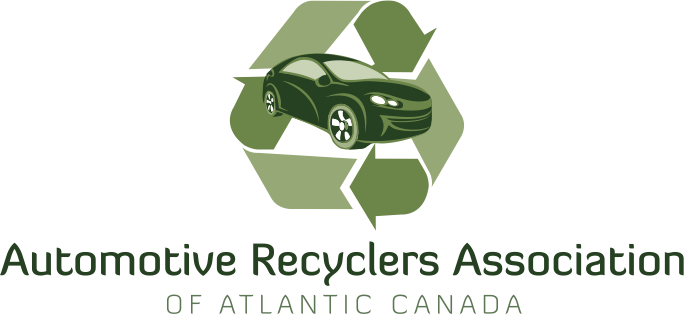As I write, the Automotive Recyclers of Canada (ARC) is putting the finishing touches on a roadmap that takes a look at the electrification of the automobile and its implications for the auto recycling sector and the circular economy.
When we look at the announcements that have been made by the Government of Canada regarding electric vehicle new sales targets—10% by 2025, 40% by 2030 and 100% by 2040—there is, understandably a great deal of concern regarding the impact it will have on the repair and recycling industries. What we have to bear in mind however; is that even if you buy into these targets and believe they are achievable, these numbers constitute 3, 11 and 60% of the entire on-road vehicle fleet by those respective timeframes. So, when we consider that 50% of the on-road vehicle fleet could be electrified by 2038, it still represents a fairly long runway. Of course, there are other considerations as well, such as the ability to develop charging infrastructure and power grids that can actually support all these electric vehicles.
Being prepared
Additionally, while the European Union currently has a hardline approach to EV adoption—that OEMs won’t be able to sell ICE vehicles at all beyond a certain date—in Canada it is more of guidance to encourage this to happen, which somewhat softens the blow in determining if and when the circular economy will be ready to deal with these vehicles on a large scale. In the aftermarket, this is of particular importance, seeing that often, we are among the last sectors of the automotive industry to be asked for opinions regarding any major disruptions or changes that are expected to take place.
As auto recyclers, we need to understand that whether we like it or not, the EV juggernaut is coming. It will be disruptive to our business and we need to be able to pivot and adapt. As an association, it is our role to advise everyone, from our members to other key stakeholders and even government to identify where we are as an industry, where we need to get to, and the gaps that need to be filled in order for us to build capacity. Probably among the biggest concerns recyclers have regarding EV growth, are parts sales. For many operators, engines and transmissions are top-selling, big-ticket items on traditional vehicles and represent a good chunk of their revenues.
Part sales and safety
With EVs, there is a real concern regarding profitability from parts sales due to the absence or longevity of these items, plus the safety hazards around dismantling electric vehicles. There are questions regarding health and safety practices in properly removing the batteries from them, but perhaps an even bigger question is how will these batteries be reused and recycled. The whole re-use and secondary storage aspect is a completely new piece of business, one that will require new processes and new ways of collaborating to achieve effective outcomes. If we try and place responsibility for battery disposal and recycling on just one sector, such as the OEMs, chances are the others, including repairers and recyclers will be negatively impacted since the OEM will quite rightly want to take ownership of not just the battery but the entire vehicle.
That’s why, as part of the roadmap we’re focusing on creating a zero-emissions vehicle coalition, where the sectors of the automotive industry we directly face as recyclers, including collision and mechanical repairers, parts suppliers, insurers and auction houses can come together to ensure a strategy that works effectively—not only for the circular economy—but the entire automotive industry as well.
Originally appeared in Autosphere August 2022
The post A Roadmap to Practical EV Recycling appeared first on Automotive Recyclers of Canada.
